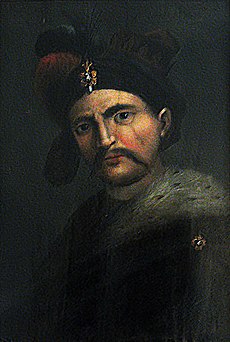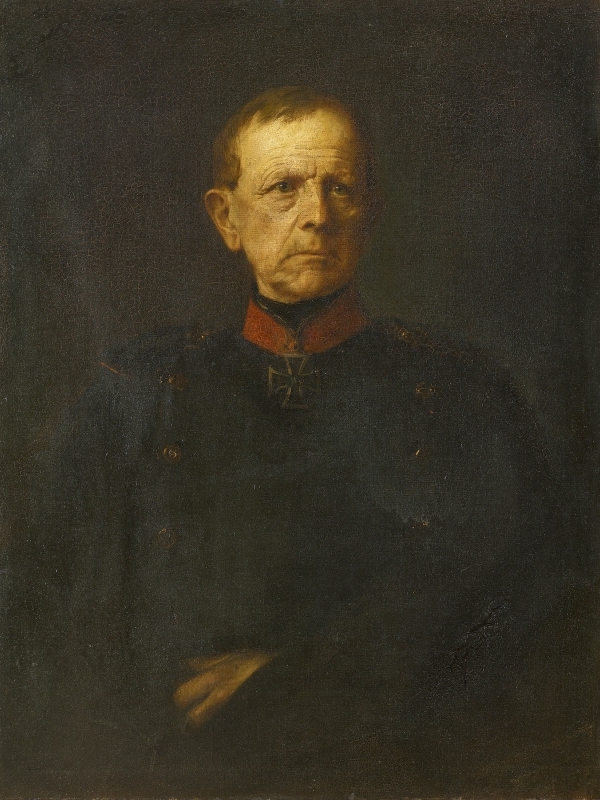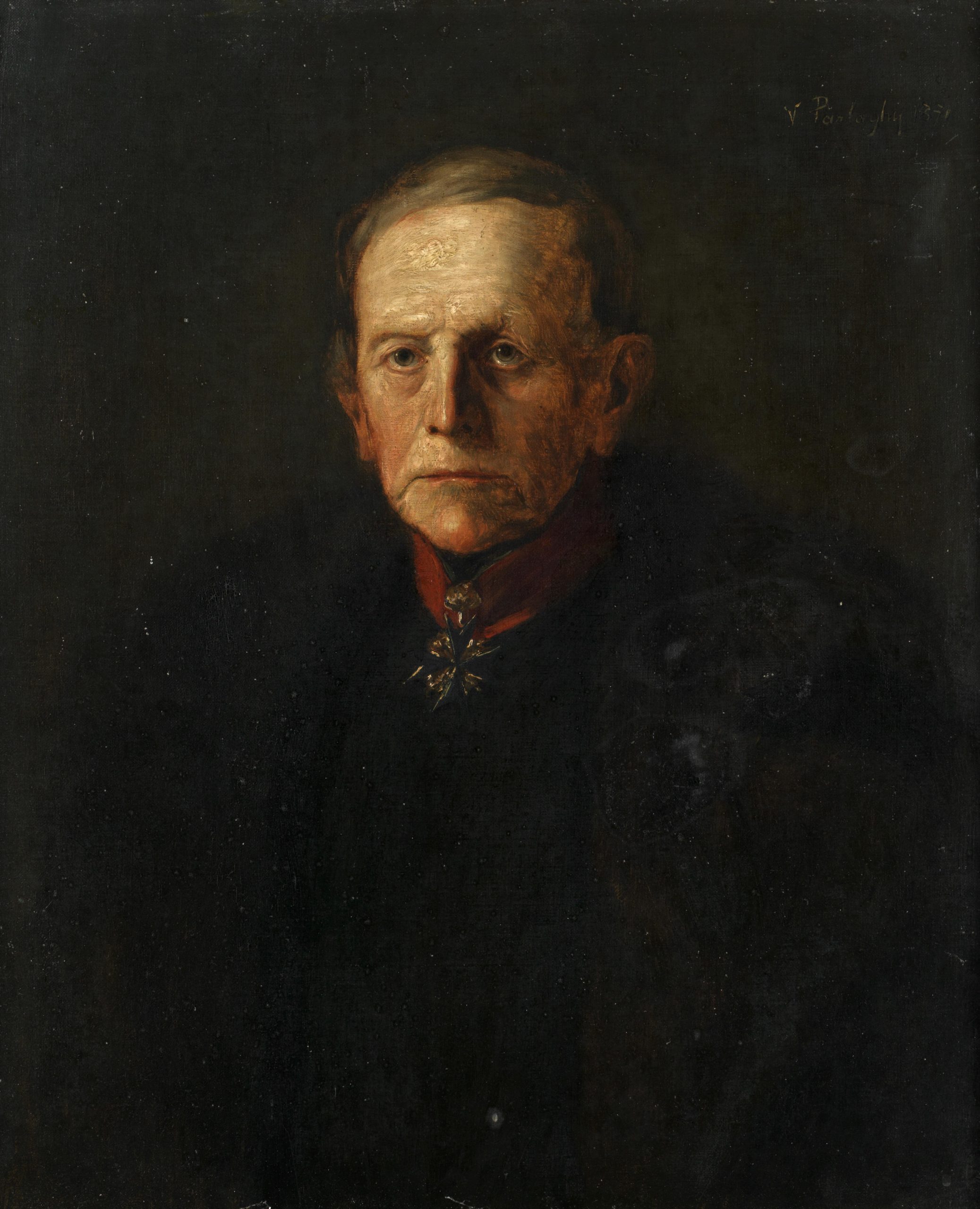 From: PAINTINGS & OBJECTS OF ART, THE COLLECTION OF THE LATE PRINCESS VILMA LWOFF PARLAGHY, 1924
From: PAINTINGS & OBJECTS OF ART, THE COLLECTION OF THE LATE PRINCESS VILMA LWOFF PARLAGHY, 1924
IMPORTANT PERSIAN KASHAN SILK THRONE RUG
This rug is a true masterpiece of Persian artistry. It features three borders, with the main one showcasing extremely well-designed undulated vines and flowers on a deep indigo-blue background. In the center, there is a pictorial composition showing a Persian prince seated on the lion throne, with a water basin and fountain in the foreground. The rug boasts very fine knotting and silver overcast on the sides.
Accompanying the rug is a certificate copied after a statement of Professor Abraham Yohannan, Professor of Oriental Languages, Indo-Iranian Department, Columbia University. The certificate reads:
“The gift and the glorious Shah match perfectly,
As the Sun fits the vault of Heaven, as the rose the goblet, and
the diadem the throne,
Throughout the Eastern land it is well known,
That this is the product of forty years of study of the art.
The date is equivalent to ‘Bagdad’
Consequently, its value cannot be overestimated.”
According to the certificate, the word “Bagdad” is a chronogram, and the numerical values of the letters are: B equal to 2, A to 1, G to 1000, D to 4, and I to 1, totaling 1012 A.HI., which corresponds to 1608 A.D. This would date the rug very early 17th century at the time of Shah Abbas the Great, according to Professor Yohannan’s certificate. The rug was most likely woven for Shah Abbas and was plainly a state rug intended for use in the throne room hanging back of the throne. It passed as a most cherished heirloom from the royal family to the late Prime Minister Ali Asker Khan, who presented it as a mark of distinguished courtesy to Princess Lwoff-Parlaghy.
The rug measures 6 feet 6¾ inches x 4 feet 2½ inches. The certificate will be handed over to the purchaser.

